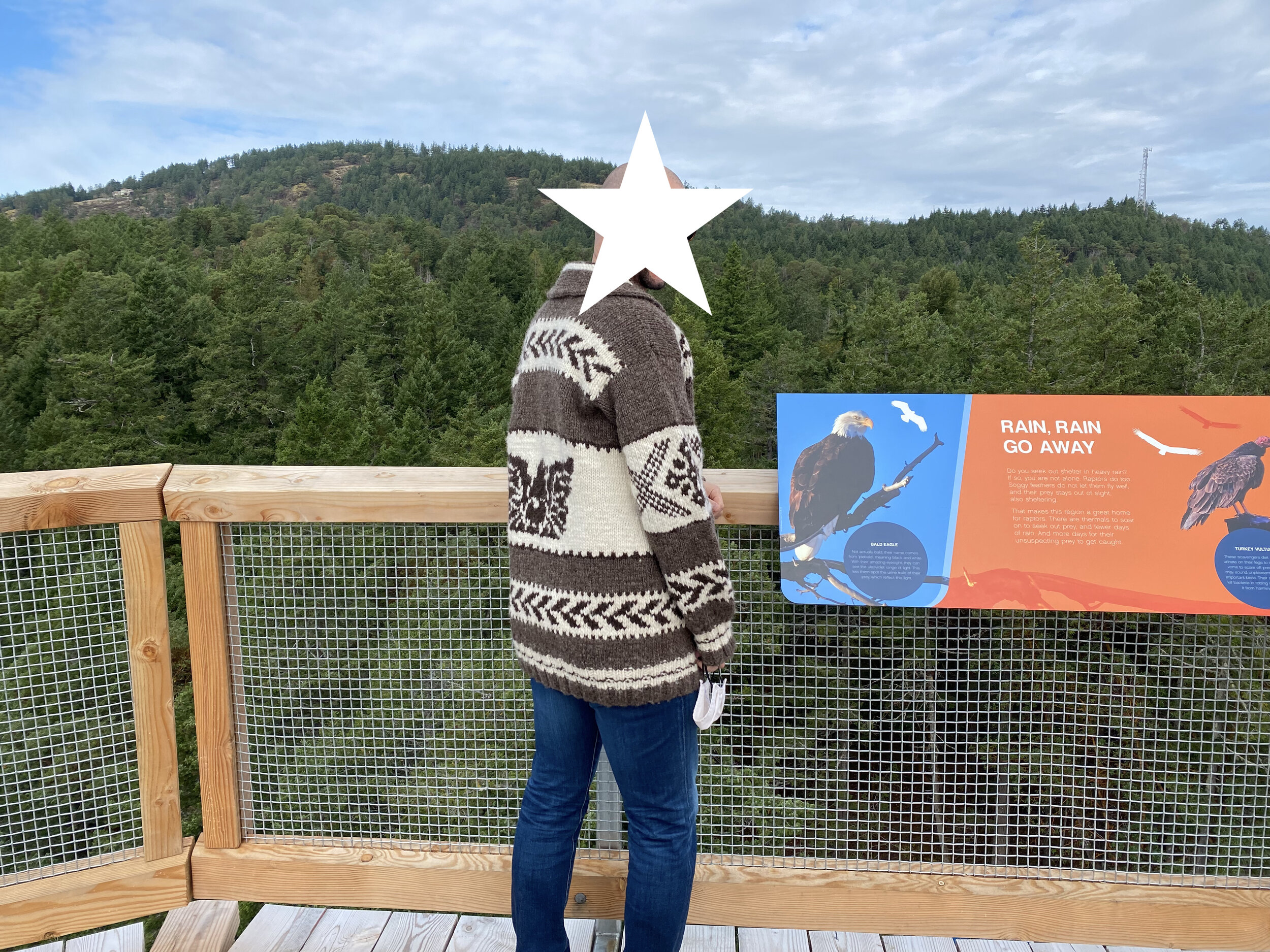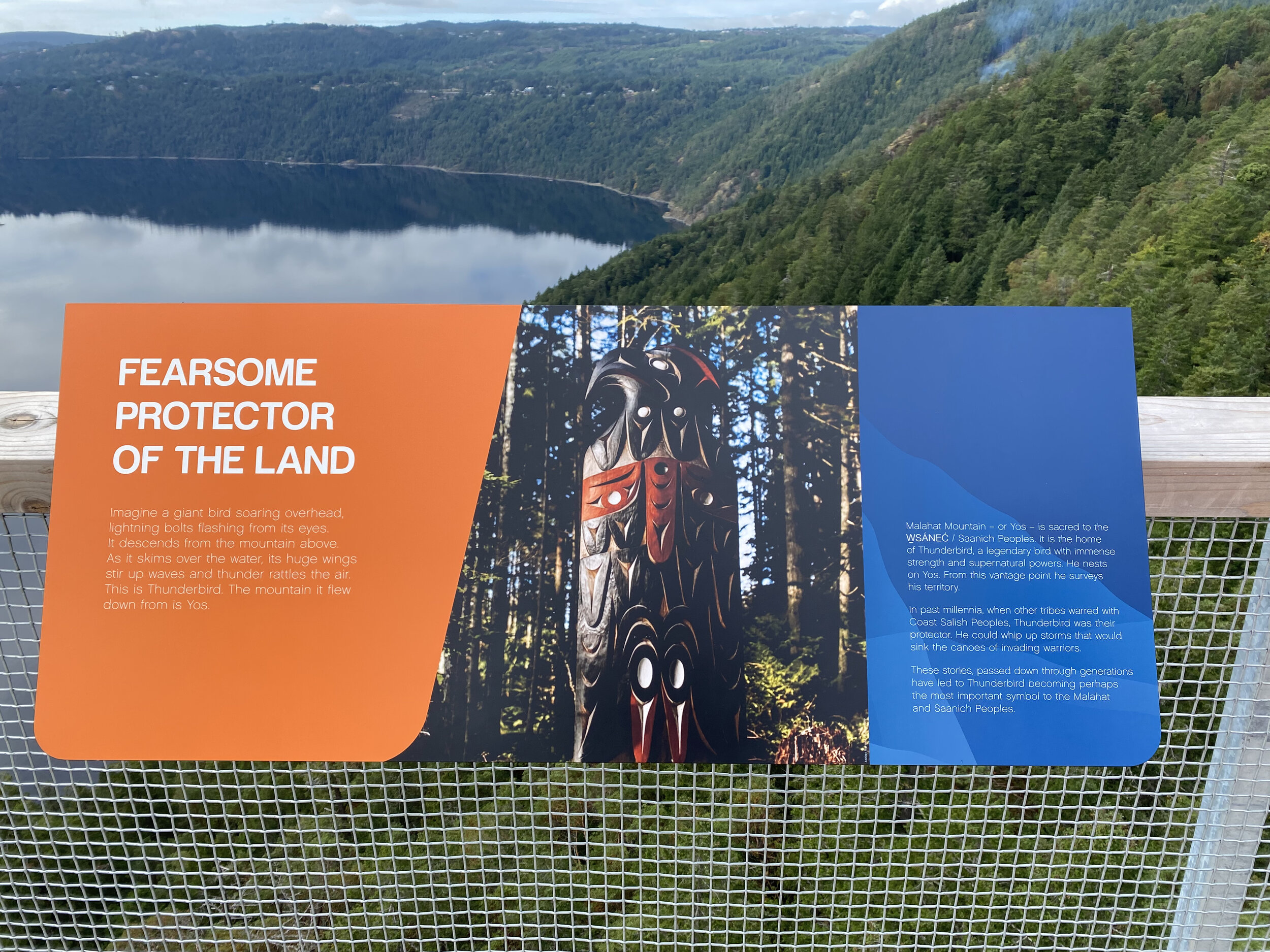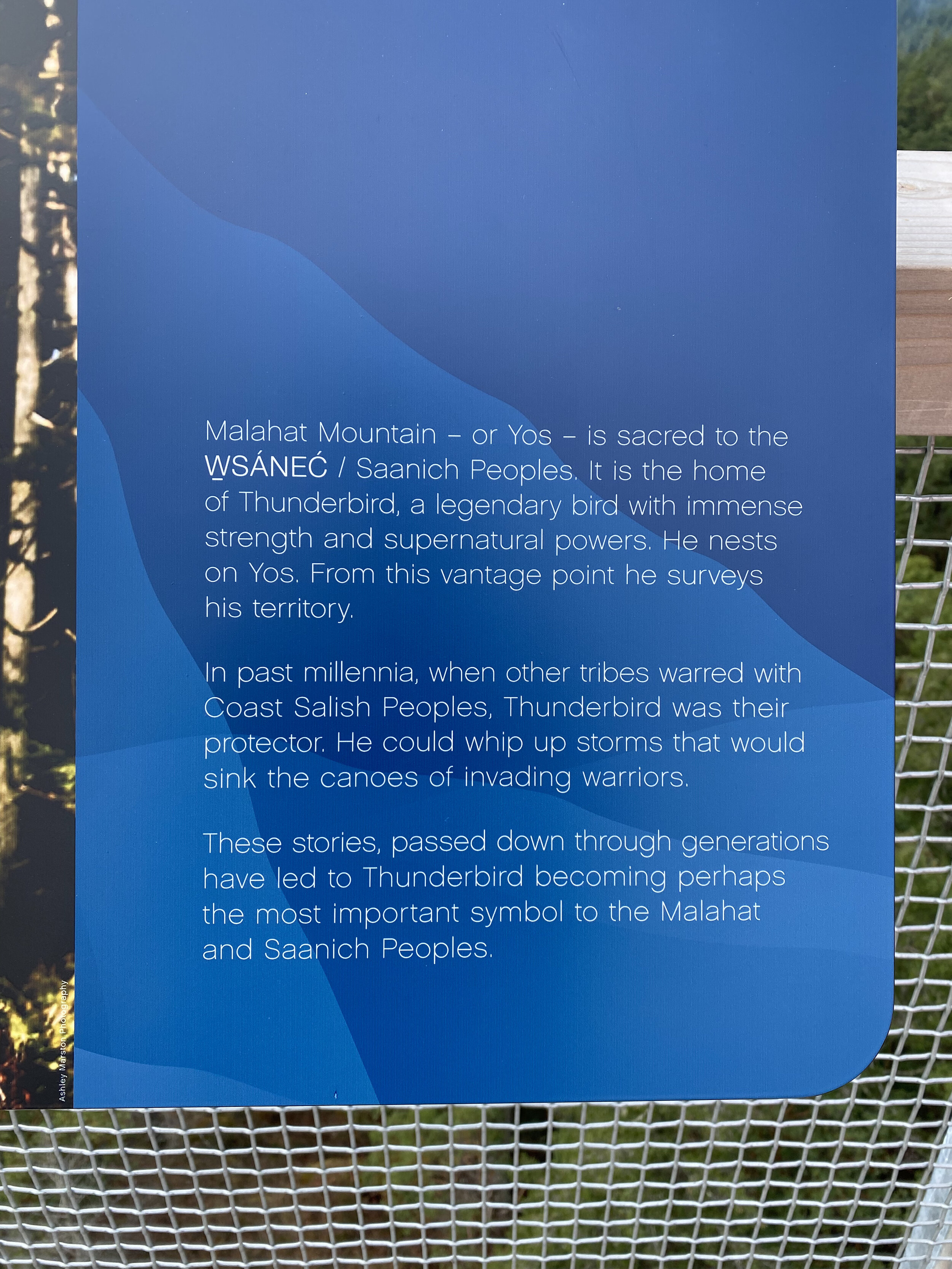Love For an Authentic Cowichan Sweater
I am so fortunate to have all my parents – including in-laws – alive and located in Western Canada. As such, my partner and I get to visit when we can. Both to where I grew up and where his parents decided to spend their twilight years.
The notion of shopping local is not a new one. My mom ran a sewing alteration business out of our home that relied solely on the support and investment with locals. My family is currently on the fourth generation of grain and cattle farming. My dad builds houses. Supporting local is what we in part relied on.
When it comes to clothes, obviously, the fashion and retail market have made dramatic swings from making what you wear to globalisation. Presently we’re somewhere back in the middle of re-balancing our seemingly insatiable craze with a more local mindset. Never before has supporting local, shopping resale, and repurposing what you already have been so chic.
On a recent visit to Vancouver Island to see my partners parents, we packed up our bags like any other time. My partner threw in his authentic Cowichan Sweater in the back of the car. The eagle – or perhaps Thunderbird - clad knit was a gift his parents had made custom for him from a first nations woman-owned family business in Duncan, BC. When he wears it out and about in Calgary, there’s no fan fair. But here on the island, folks stop him and comment how beautiful it is. And it is. Locals know about the history. We know about the history. Which has got me thinking, “Just because we know about it, do others?”
For those interested, here is some background on the history of the Cowichan sweater via Cherly’s Trading Post…
Traditional coast Salish… Blankets were a primary form of currency with a high value attached to them. As well as serving many practical functions, they held much spiritual significance. Weaving was a fundamental part of Coast Salish identity…
During the 19th century, cheap mass produced trade blankets gradually replaced traditional blankets. Coast Salish women filled the void by taking up knitting needles, spinning machines and sheep’s wool. Adapting designs from their woven blankets and baskets, they knit warm sweaters, socks and toques for their families. Then began them trading with non-Native neighbours.
Contemporary Cowichan sweaters are knit from natural, hand spun, undyed sheep’s wool. This strong and stretchy yarn makes a sweater that keeps its shape. The high lanolin content of the wool makes a water repellant, stain resistant sweater that keeps its wearer warm and dry, absorbs body moisture, and ventilates body heat. These sweaters, if taken care of should last for decades. They are passed down from generation to generation.
Coast Salish women have created an industry. The modern Cowichan sweaters are marketed nationally and internationally. Knitting sweaters puts food on the table and gives the women the freedom to practice their culture by taking caring of their families and attending ceremonies.
The Cowichan Tribes registered “Cowichan”, “Genuine Cowichan”, and “Genuine Cowichan Approved” as trademarks for goods that “have been hand-knit in one piece in accordance with the traditional tribal methods by members of the Coast Salish Nation using raw, unprocessed, undyed, hand-spun wool, also made and prepared in accordance with traditional tribal methods.”
All of the Cowichan Sweaters at Cheryl's Trading Post are “Genuine Cowichan Sweaters” created by our relatives on the Cowichan reserve in Duncan B.C.
That is rad AF.
Perhaps I’m sentimental about clothes. Okay, I’m over-the-top romantic about clothes. But there is something heart-warming to be said about knowing who made the garment and the circumstances behind it. I find joy in knowing I am supporting the art of - as my colleague Jolane Houle shared with me – an inspired indigenous person (as opposed to an indigenous inspired, non-indigenous likely culturally appropriative person taking the art of others and selling it as their own). And I take pride in sharing the name of the First Nations artisan who made the gorgeous garment every chance I get.
While I know that some items in my and my partners closet tell the story of, “This is fast fashion,” over time the closets are shifting to more of a richer, multifaceted cacophony of stories. They include,
“Ingenious bad asses in Calgary made these medicine floral earrings.”
“A woman who you don’t know and never will know wore and loved this piece before you. Isn’t that cool?”
“This was made in Canada by Canadians.”
“This was made in France, Bangladesh, China, Italy…”
“These jeans used less water to make than the typical denim process.”
“The store I bought this jacket from employs differently-able Albertans.”
“The leather in these shoes will biodegrade at the end of their life”
“I will regift this bag to my niece when she’s older.”
What stories echo in your closet?
**
More on the Malahat Skywalk here.




